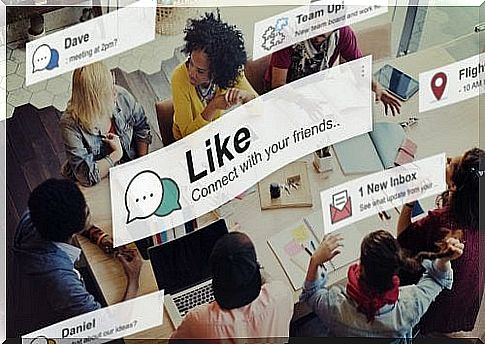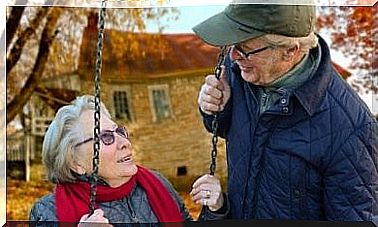Should I Control My Children’s Social Media?

Social networks are part of our children’s lives and will be especially important in adolescence. But the fact that children and young people belong to the digital environment does not mean that they are free from risks.
Your kids will share their experiences on social media according to your criteria. So the idea is not to control your children’s social media, but to control how they use it.
As with correspondence, newspapers or text messages, social networks are used for the purpose of expressing themselves, and your children will see them as a private environment, in such a way that communication will be the key element that will determine how parents and children will control social networks.
What can be controlled on social media?
This varies depending on how familiar you are with social media and also whether your child shares their experiences and questions about them with you.
If your kids see that you respect their privacy on social media, they can communicate fluidly about their use of them. With this teamwork, it will be possible to control, to some extent, the following aspects:
Users
The first steps on social media are to chat and share content with friends and acquaintances. But this circle tends to increase little by little and friends of friends appear, other users with many followers and also complete strangers.
Also, some teenagers make the mistake of competing for the most contacts. Solution: Just as your kids don’t let anyone who greets them on the street into their lives, they shouldn’t accept requests from all strangers who want to be part of their contacts, either.

Contents
Information, photos, videos, your likes or your location are just part of the content that is disseminated on social media. Just click on the “like” and something burns like wildfire and has a lot more impact than expected.
So remind your kids that if one of their followers shares the content they’ve posted, that person’s contacts will be able to see it too, and so on. Solution: Using private accounts may restrict content dissemination to only your child’s followers and friends.
attitudes
Teenagers will use social media to have fun and chat with friends. However, as with a face-to-face conversation, they can meet both wonderful people and toxic people. So they need to know how to react.
The solution for this may be the following: if your children recognize toxic, offensive or harassing situations in your networks, they must inform you and report it.
Use
Social networks are still a tool that your children use to communicate and there are attitudes that can and should be controlled, such as respect, time spent and also make sure they are just a complementary tool in their social relationships .
Social media risks
In the article From ICTs to ICTs it is stated that there is “a gulf between adults and adolescents in relation to the use of information and communication technologies” , as well as social networks, this being the first risk in having an account.
In general, the new generations have a greater technological domain and the problem is to know how to control something that is not known. This lack of knowledge can only be resolved with clear and precise information that brings the two parties together.
Nowadays, it is very common to find workshops aimed at parents and teenagers with the objective that they can learn to use social networks and to make them aware of the risks they entail, among which cyberbullying and addiction stand out.

Responsible use of social media
Educating about the responsible use of social networks, informing about their risks and having relaxed conversations about the digital environment they frequent will contribute to a positive experience in the networks.









